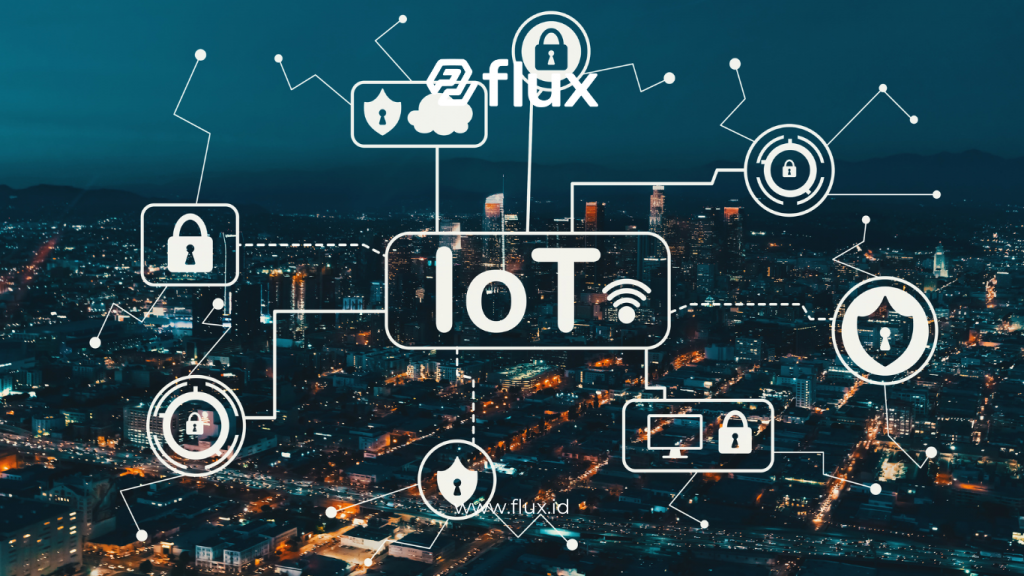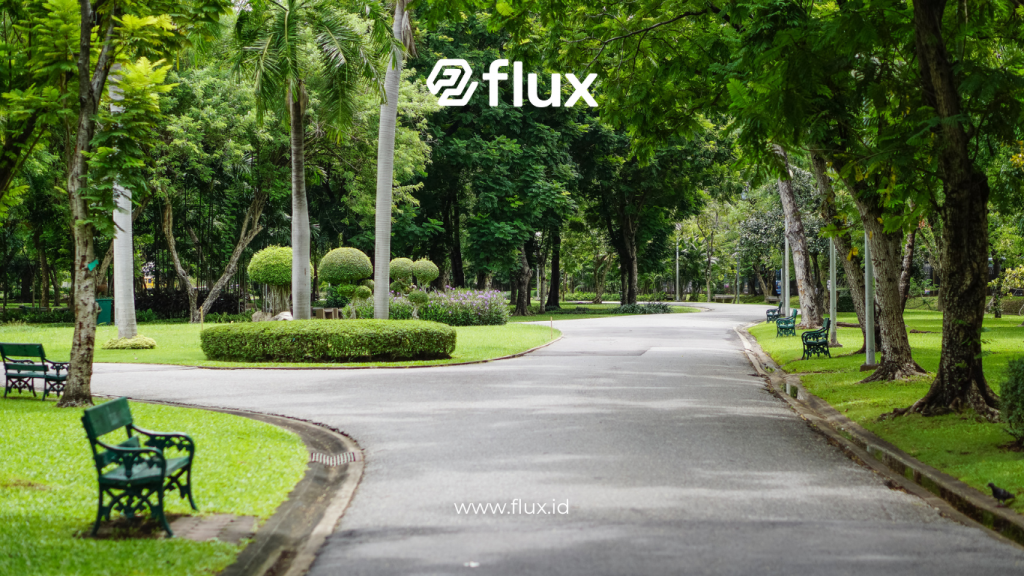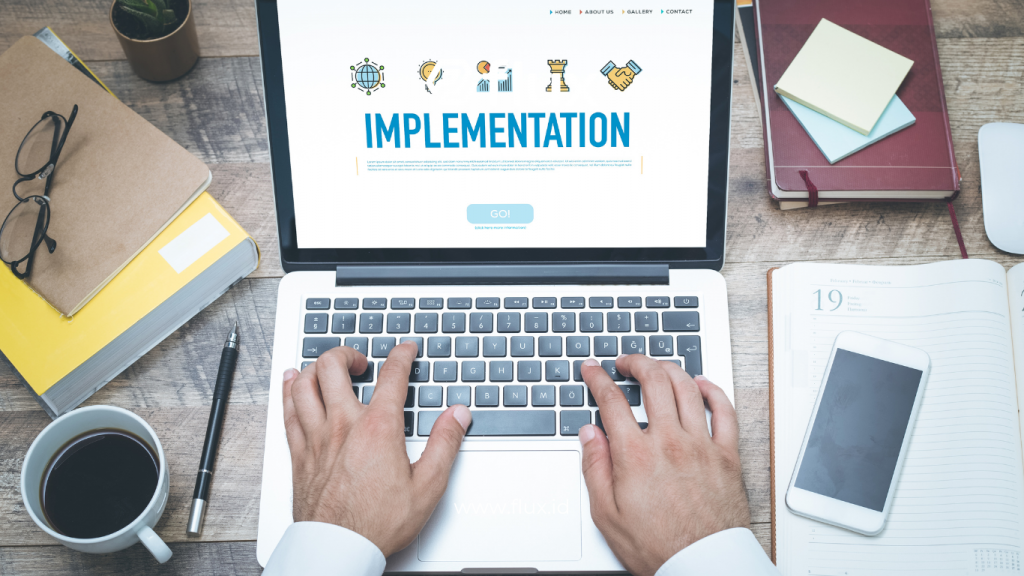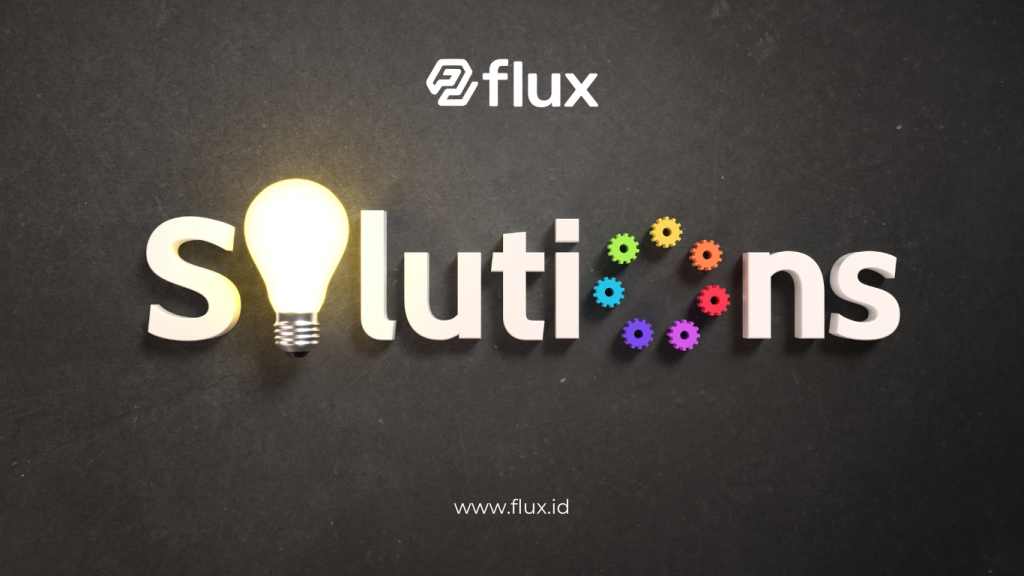Don't miss our holiday offer - 20% OFF!
Urban park management is a complex task that requires attention to various environmental factors. With advancements in technology, particularly in the field of Internet of Things (IoT), park departments now have tools that can help them perform these tasks more effectively. This article will explore how IoT sensors can be implemented to optimize urban park management and the benefits that can be gained from their use.
Contents
What Are IoT Sensors?

Read More : IoT Sensor Technology for Drought Monitoring: Advanced Solutions for Water Resource Management
The Internet of Things (IoT) refers to a network of devices connected through the internet that can communicate with each other. IoT sensors are devices that collect data from the surrounding environment and send it to a central system for analysis. In the context of urban park management, these sensors can measure various parameters such as soil moisture, air temperature, sunlight, and air quality.
Types of IoT Sensors for Urban Parks

Soil Moisture Sensors
Soil moisture sensors are crucial tools in urban park management. These sensors measure soil moisture levels in real-time, allowing park managers to know when the soil needs watering. With this data, park departments can optimize water usage and avoid resource wastage.
Temperature and Humidity Sensors
Temperature and humidity sensors provide information about atmospheric conditions that can affect plant health. By monitoring temperature and humidity, park managers can adjust plant care according to weather changes, ensuring plants remain healthy and grow optimally.
Light Sensors
Light sensors measure the intensity of sunlight received by plants. This data helps park managers determine the optimal planting locations and ensure plants receive the right amount of light for their growth. Additionally, these sensors can assist in planning the placement of park lighting if needed.
Air Quality Sensors
Air quality is an important factor affecting plant health and the environment. Air quality sensors monitor pollutants such as nitrogen dioxide, sulfur dioxide, and particulate matter. With this information, park departments can take steps to improve air quality around the park if necessary.
Weather Sensors
Weather sensors record various meteorological conditions such as temperature, humidity, rainfall, and wind speed. The collected data can help park managers prepare for extreme weather conditions and plan maintenance activities according to weather forecasts.
Benefits of Using IoT Sensors in Urban Park Management

Read More : Optimizing Drought Monitoring: How Soil Moisture Sensors Work and Their Benefits
- Resource Savings
IoT sensors enable park managers to monitor environmental conditions in real-time, allowing them to take appropriate actions and avoid resource wastage. For example, soil moisture sensors can help regulate irrigation systems to water plants only when needed, reducing water consumption.
- More Efficient Maintenance
With data from sensors, park managers can plan plant maintenance more efficiently. They can adjust fertilization, watering, and pruning schedules based on measured data, ensuring plants receive optimal attention according to their needs.
- Improved Plant Health
IoT sensors help monitor environmental conditions that affect plant health. With accurate and regular monitoring, park managers can detect issues such as nutrient deficiencies, plant diseases, or environmental stress early, allowing for prompt preventive or corrective actions.
- Better Planning and Management
Sensor data allows park managers to plan and manage the park more effectively. Information on weather patterns, water needs, and air quality can be used to make better decisions regarding park layout, plant selection, and resource use.
- Enhanced Visitor Experience
Well-maintained and healthy parks provide a more enjoyable experience for visitors. IoT sensors help ensure that the park remains in top condition, allowing visitors to enjoy the park’s facilities with greater comfort and safety.
Implementing IoT Sensors in Urban Park Management

Read More : IoT Sensors for Enhanced Urban Landscaping
Step 1: Determine Needs
The first step in implementing IoT sensors is to determine the specific needs of the urban park. Identify the most relevant and important environmental parameters for monitoring, such as soil moisture, temperature, or air quality. This will help in selecting the appropriate sensors for the park’s needs.
Step 2: Sensor Selection
Once needs are determined, choose sensors that are suitable for measuring the identified parameters. Consider factors such as accuracy, durability, and cost when selecting sensors.
Step 3: Installation and Configuration
Sensors need to be installed in strategic locations within the park to ensure accurate data collection. After installation, sensors should be configured and integrated with a central system to transmit data in real-time.
Step 4: Data Analysis
Data collected by sensors should be analyzed to obtain useful insights. Use data analysis software or IoT platforms to process data and generate reports that can aid in decision-making.
Step 5: Actions and Adjustments
Based on data analysis, take necessary actions to manage the park more effectively. Adjust plant care strategies, resource usage, and park planning based on the information obtained from the sensors.
Challenges and Solutions in Using IoT Sensors

Read More : Sensational IoT Sensors for Municipal Public Works Management
Challenges
- Initial Costs: The initial investment for purchasing and installing IoT sensors can be challenging, especially for park departments with limited budgets.
- System Integration: Integrating sensors with existing systems can be complex and may require technical support.
- Sensor Maintenance: Sensors require regular maintenance and calibration to ensure accurate data.
Solutions
- Budget Planning: Plan the budget wisely and consider the long-term benefits of using sensors to help manage costs.
- Technical Support: Choose sensor providers that offer technical support and training to facilitate integration and configuration.
- Maintenance Programs: Implement routine maintenance and calibration programs to ensure sensors function correctly and provide accurate data.
Conclusion
IoT sensors offer smart and efficient solutions for urban park management. By using various types of sensors, park departments can monitor environmental conditions in real-time, optimize resource usage, and enhance plant health. Although there are challenges in implementation, the benefits of using IoT sensors far outweigh these obstacles, making them valuable tools in modern and intelligent park management. Effective implementation of this technology can bring positive changes to the sustainability and quality of urban parks, as well as improve the visitor experience.





